In a world that's increasingly aware of the negative impact fast fashion and furniture have on the environment, upcycling has emerged as a beacon of sustainability and creativity. Gone are the days when old furniture and accessories were tossed away without a second thought. Today, the trend is all about breathing new life into tired pieces, transforming them into something fresh and functional.
As the interior designer at Swyft, I have dipped my toe into this fascinating ‘trend’ – recently I’ve upcycled a tallboy and an outdoor furniture set. And, I'm about to take on my largest project, fitted wardrobes in the master bedroom.
@kellycollins_interiors Bench renovation 1. Clean 2. Fill holes 3. Sand (electric sander) 4. Paint first layer 5. Caulk 6. Final sand 7. Paint second layer #homehacks #renovatingfurniture #interiordesign #minifurniture ♬ Giving Me - Jazzy
So here’s some wisdom and a collection of tips, tricks, and things to avoid.
What will be covered in this blog
- What is upcycling
- What is the appeal of upcycling
- Where to find inspiration
- How to get started
- What tools will you need
What is upcycling?
Upcycling furniture is the process of taking old, worn-out, or discarded pieces of furniture and transforming them into something new, functional, and often more aesthetically pleasing. The goal is to breathe new life into old pieces, giving them a fresh and updated look while also reducing waste and promoting sustainability. This can involve a variety of techniques, such as refinishing, repainting, reupholstering, or even completely reimagining the use of the furniture. I have even seen people create banquette seating out of old pallets. This particular example is probable for the more seasoned upcyclers.
Upcycling furniture allows individuals to express their creativity and personal style, as each piece can be customized to fit their preferences and design aesthetic. Overall, upcycling furniture is a creative, sustainable, and rewarding way to give new purpose to old items, while also adding character and uniqueness to your home decor.
What is the appeal of upcycling?
The appeal of upcycling lies in its sustainability and uniqueness. As previously mentioned, our world is realising the environmental strain of fast furniture. By repurposing old furniture and accessories, instead of buying new ones, we reduce the demand for brand-new materials and alleviate the strain on natural resources. This reduces deforestation, minimises energy consumption, and decreases greenhouse gas emissions associated with manufacturing processes. Essentially, upcycling extends the lifespan of existing products and keeps them out of landfills. Read about how Swyft is giving back to the environment here.
Another compelling aspect of upcycling is the opportunity to create one-of-a-kind pieces that reflect our personal style and taste. Upcycled furniture and accessories often bear the marks of their previous life, whether it's the dents and scratches of weathered wood or the faded charm of vintage upholstery. These imperfections add character and authenticity, making each piece unique with a sense of history and story. Whether it's a repainted chair, a refurbished chest of draws, or a salvaged industrial fixture, upcycled items become conversation starters and focal points in our homes, inviting admiration and sparking conversation.
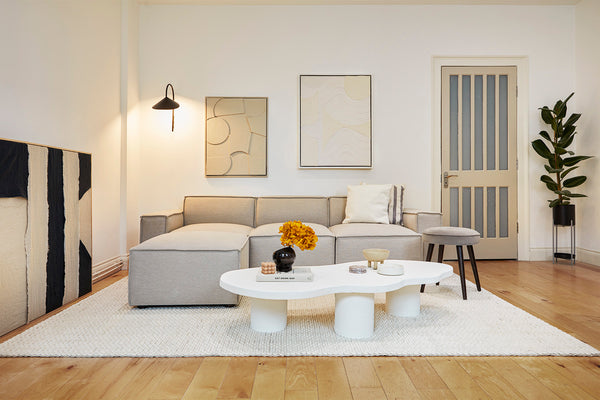
Where do I find inspiration for upcycled furniture?
There are many different places to find inspiration from here are a few places to start with:
- Online. Pinterest is my personal favorite, it's full of interior trends, colour inspiration, and DIY videos, and the fact you can organise each idea into separate folders is a bonus. There are other online places like Instagram, TikTok, and design blogs. Try using hashtags such as #upcycledfurniture, #DIYdecor, or #furnituremakeover to discover a plethora of creative projects shared by enthusiasts from around the world. Follow accounts and boards dedicated to upcycling to stay updated on the latest trends and techniques.
- Books and magazines. Explore books and magazines dedicated to DIY home decor and upcycling projects. These resources often feature step-by-step tutorials, before-and-after transformations, and expert tips to help you unleash your creativity and tackle new projects with confidence.
- Second-hand and antique shops. Visit second-hand, thrift stores and antique shops to browse for potential upcycling items. Take note of the shapes, materials, and styles that catch your eye, and envision how they could be transformed with a little creativity.
- Personal experiences and memories. Draw inspiration from life experiences, memories, and travels. Think about places you've visited, stories you've heard, or objects that hold sentimental value, and consider how you can incorporate elements of these into your upcycling projects to create a meaningful and personalised decor. I have taken many photos of furniture items on my travels, hoping to recreate them in my way.
How do I get started with upcycling furniture?
Preparation and research are key when starting your own upcycling project. Below is an easy step-by-step guide you can follow.
Select the right item. If you're new to upcycling, begin with simple projects like repainting old wooden chairs or refurbishing a thrift side table. Make sure you have the right location for it so you can envision the final result and what it may look like at the end.Research. Start a Pinterest board and create a moodboard of what you want it to look like. Once you have that you can get a list together of the tools you will be needing for the project. Here are a few examples of upcycling tools:
- Dusk sheets
- Gloves and overalls
- Cleaning products
- Sandpaper (or a handheld sander)
- Paint brushes and tray
- Primer and/or undercoat
- Furniture paint
- Cabinet handles
Primer. When the item is completely dry you can now paint or roller the primer. You will most likely need two layers of this and will need to leave around 2-3 hrs in between. Once it's all completely dry give one very light sand to finish off this step.
Paint. The item is now ready to paint. Again like the primer you will most likely need two coats. Make sure to select a paint that's specific for furniture. Regular emulsion paint will chip too easily, you need something more durable.
Treatment. If the item will be used in a high-traffic area I would suggest using some sort of stain treatment or sealant. You don't always need to do this step but from experience, it can help the item look neater for longer.
Upcycling furniture and accessories isn't just a hobby – it's a lifestyle choice that promotes sustainability, creativity, and individuality. By breathing new life into old pieces, we not only reduce our environmental footprint but also add beauty and personality to our surroundings. So why not roll up your sleeves, and unleash your creativity, your next masterpiece awaits – all it takes is a little imagination and a willingness to see the potential in the discarded and forgotten.
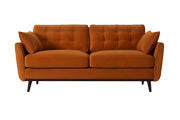
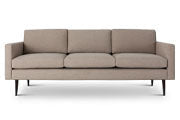 Model 01
Model 01
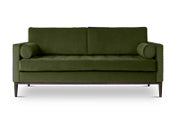 Model 02
Model 02
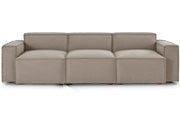 Model 03
Model 03
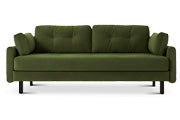 Model 04
Model 04
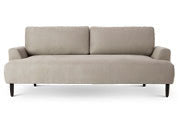 Model 05
Model 05
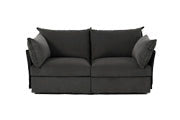 Model 06
Model 06
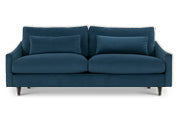 Model 07
Model 07
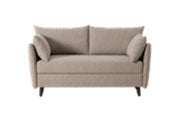 Model 08
Model 08
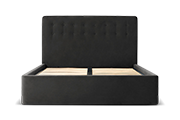

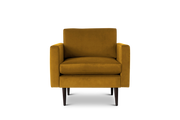
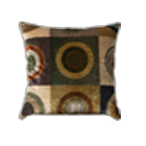
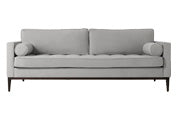
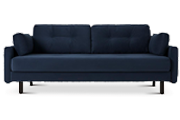





( 0 )Comments